Increased Focus on Safety Features
Safety remains a paramount concern in the automotive trailer market, influencing consumer purchasing decisions. As awareness of road safety grows, manufacturers are increasingly integrating advanced safety features into trailer designs. In 2025, it is expected that trailers equipped with enhanced braking systems, stability controls, and visibility enhancements will see a rise in demand by approximately 15%. This trend indicates that consumers are willing to invest in trailers that prioritize safety, reflecting a broader societal shift towards responsible vehicle operation. Consequently, manufacturers in the automotive trailer market must prioritize safety innovations to meet consumer expectations and regulatory standards, ensuring that their products are not only functional but also secure.
E-commerce Growth and Last-Mile Delivery
The automotive trailer market is significantly influenced by the rapid growth of e-commerce, which necessitates efficient last-mile delivery solutions. As online shopping continues to rise, businesses require versatile trailers to transport goods to consumers effectively. In 2025, the demand for trailers designed for last-mile delivery is expected to increase by 10%, driven by the need for flexibility and efficiency in logistics. This trend compels manufacturers in the automotive trailer market to develop lightweight and durable trailers that can accommodate various cargo types. Additionally, the rise of small businesses and startups in the e-commerce sector creates opportunities for tailored trailer solutions, further propelling market growth. The automotive trailer market must adapt to these evolving logistics demands to remain competitive.
Rising Demand for Recreational Activities
The automotive trailer market experiences a notable surge in demand driven by the increasing popularity of recreational activities such as camping, boating, and off-roading. As more individuals seek outdoor experiences, the need for trailers that can transport recreational vehicles and equipment grows. In 2025, the market is projected to expand by approximately 8% annually, reflecting a shift in consumer preferences towards leisure activities. This trend indicates that manufacturers in the automotive trailer market must innovate to meet the diverse needs of consumers, offering specialized trailers that cater to various recreational pursuits. The growth in disposable income among consumers further supports this trend, as individuals are more willing to invest in quality trailers that enhance their outdoor experiences.
Infrastructure Development and Urbanization
The ongoing infrastructure development and urbanization in the United States play a crucial role in shaping the automotive trailer market. As cities expand and new construction projects emerge, the demand for trailers used in construction and transportation increases. In 2025, the construction sector is anticipated to grow by 5%, leading to a corresponding rise in the need for heavy-duty trailers capable of transporting materials and equipment. This trend suggests that manufacturers in the automotive trailer market should focus on producing robust trailers that can withstand the rigors of construction environments. Furthermore, urbanization drives the need for efficient transportation solutions, prompting innovations in trailer design to enhance maneuverability in congested urban areas.
Technological Integration and Smart Trailers
The automotive trailer market is witnessing a transformative shift towards technological integration, with the emergence of smart trailers equipped with advanced features. These innovations include GPS tracking, automated braking systems, and connectivity options that enhance user experience and operational efficiency. In 2025, the market for smart trailers is projected to grow by 12%, driven by consumer demand for convenience and safety. This trend suggests that manufacturers must invest in research and development to create trailers that incorporate cutting-edge technology. As the automotive trailer market evolves, the integration of technology will likely become a key differentiator, enabling manufacturers to offer products that meet the needs of a tech-savvy consumer base.


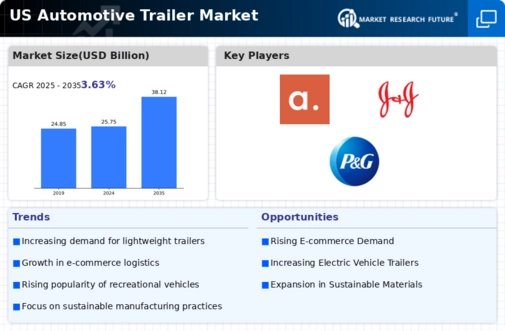
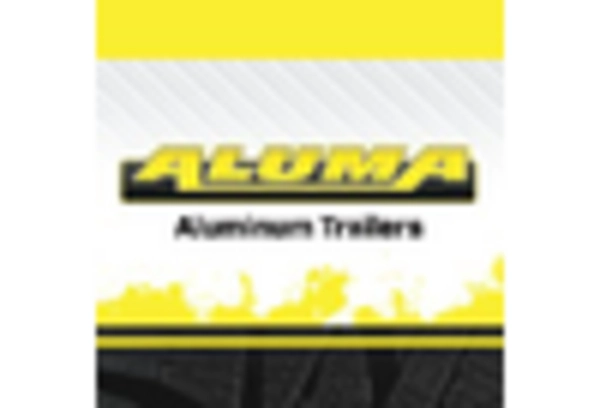
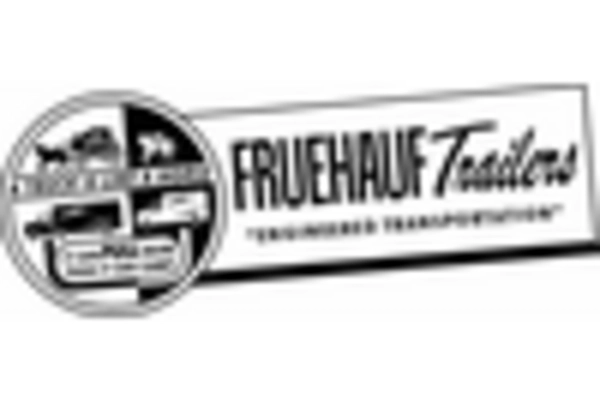
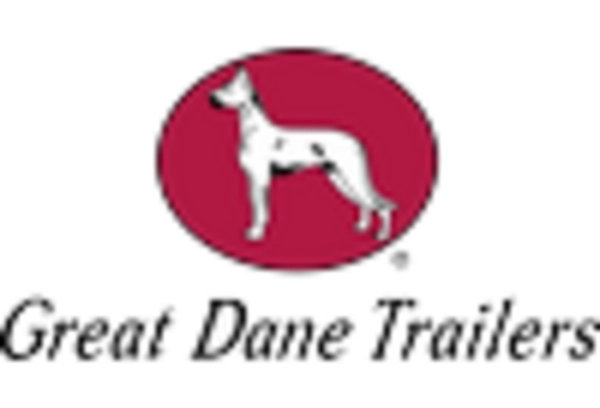
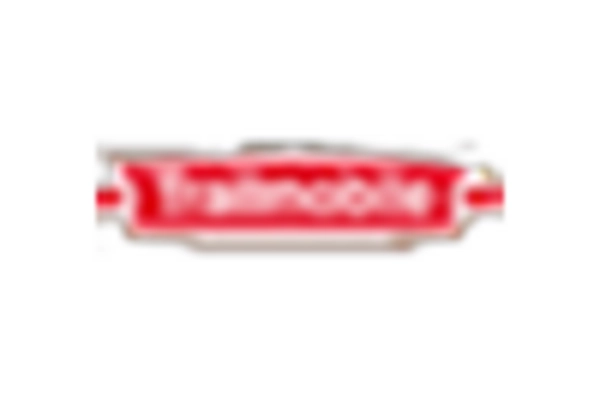
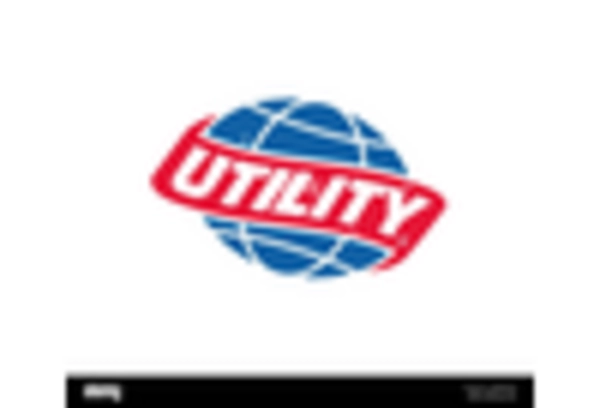









Leave a Comment